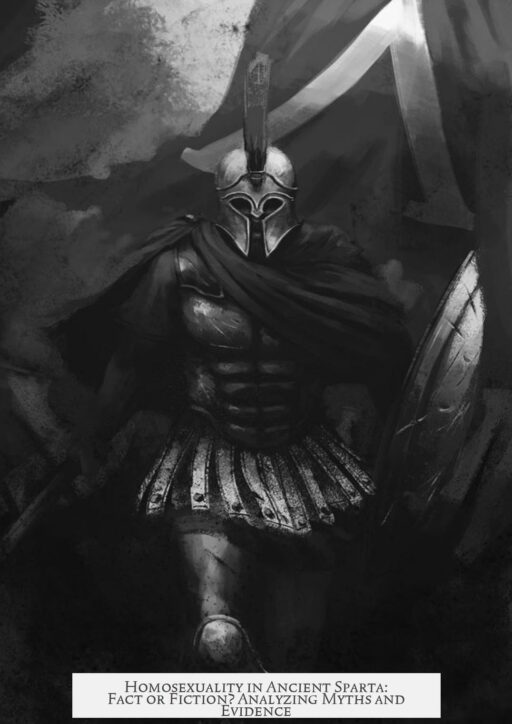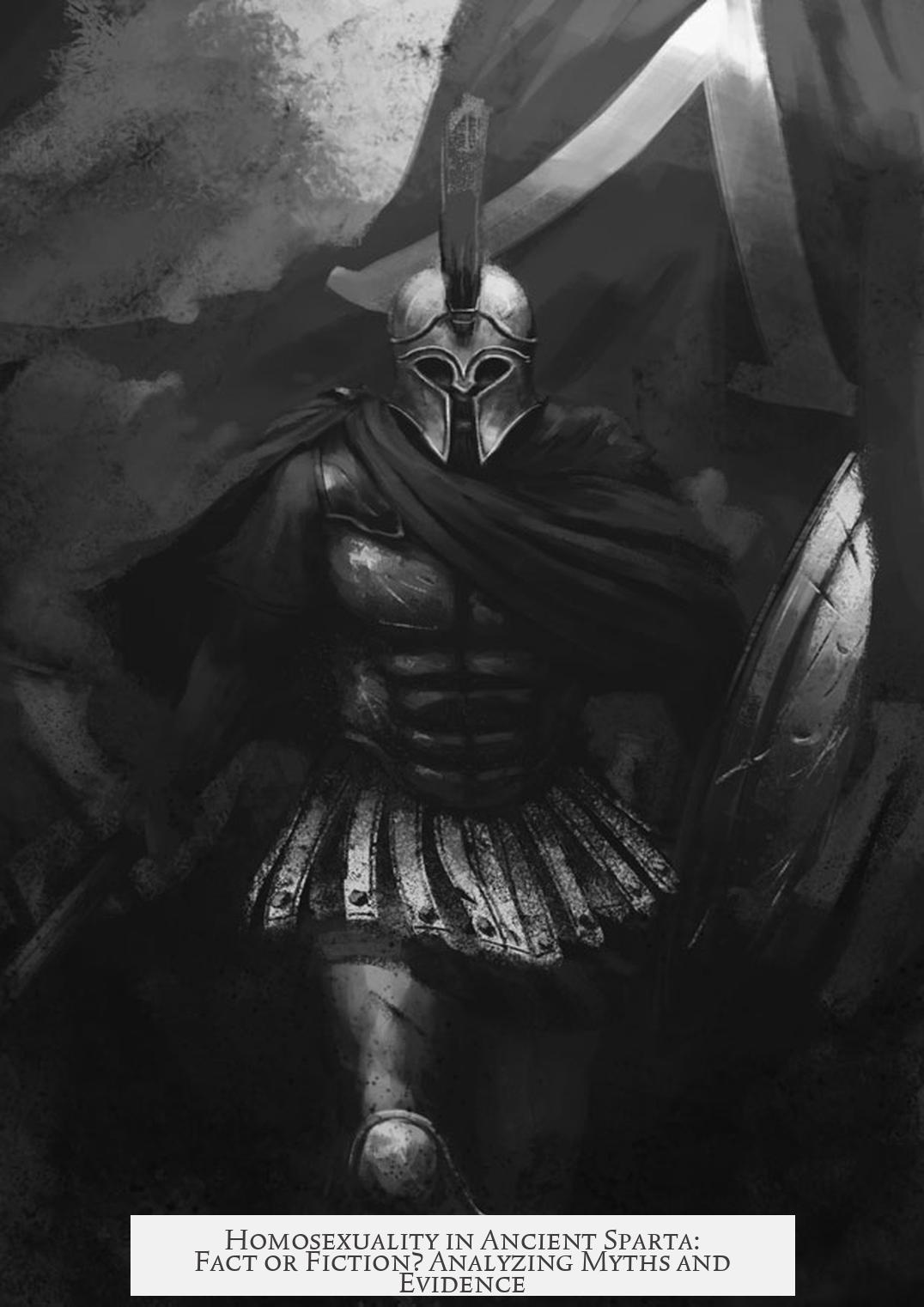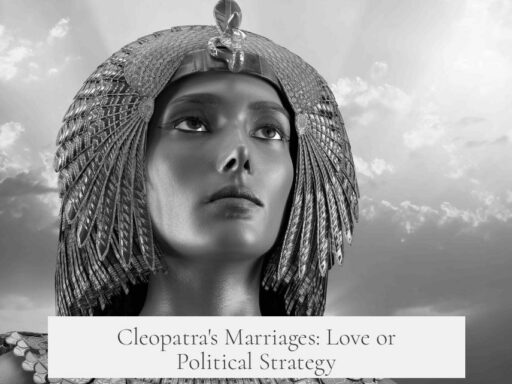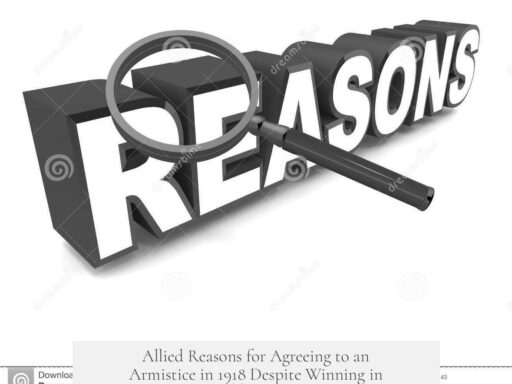Homosexuality was not strictly “compulsory” in Ancient Sparta, but it was a strongly encouraged and practically unavoidable part of a young Spartan male’s path to full citizenship. This assertion stems from scholarly interpretations rather than explicit ancient laws. Pederastic relationships—sexual and social bonds between an older and a younger male—likely played a key role in Spartan society, particularly in securing admission into the vital mess groups, which defined one’s status as a full citizen.
Spartan society was intensely homosocial. Boys grew up in communal groups and stayed separated from women during their formative years.
- From childhood to adulthood, young Spartans lived and trained alongside other males in bands and communal messes.
- Men of all ages dined, exercised, and socialized mostly in exclusive male company.
- This arrangement fostered a culture focused on masculine ideals—obedience, courage, and loyalty.
Such close male bonding created an environment where admiration of male bodies and masculine behavior was common, naturally supporting both homosocial and homosexual relationships.
Evidence from ancient writers like Xenophon provides hints that pederastic relationships were well established among Spartans without being scandalous or unusual.
“Sphodrias had a son, Kleonymos, who was at the age just following boyhood and was… the handsomest and most highly regarded of all the youths of his years. And Archidamos… happened to be in love with him.” — Xenophon, Hellenika 5.4.25
Although Xenophon attempts to frame Spartan pederasty as mainly platonic and restrained—a reflection of Greek virtues—the historical context and human nature suggest these relationships often had a sexual component.
The pivotal factor was that full Spartan citizenship depended on joining a mess group. These groups of about 15 men formed the core social and military unit for adult male citizens.
- If a young man reached adulthood (around age 20) but failed to secure membership in a mess, he lost his citizenship.
- This loss was socially and politically devastating for himself and his family.
- There was intense pressure to gain acceptance into a mess.
Scholar Henk Singor argues that an older man within these groups could offer support for a younger man’s admission. In a system where networking was key, pederastic relationships often provided that crucial connection.
The reciprocity was clear: the senior partner offered mentorship, social backing, and influence, while the junior partner engaged in the relationship’s sexual and social aspects. This dynamic suggests that, while not legally forced, homosexual pederasty was an almost universal experience for Spartan males seeking full status.
It is important to note that claims about Spartan homosexuality being “compulsory” often stem from older, popular documentaries like Bettany Hughes’ 2002 The Spartans. These accounts lack the depth or updated scholarship now available. Modern experts like Nigel Kennell and Andrew Bayliss provide more rigorous analysis, emphasizing the nuances rather than outright compulsions.
The relationship between homosexuality and citizenship in Sparta was complex:
| Aspect | Details |
|---|---|
| Legal Status | No explicit law mandating homosexual behavior |
| Social Practice | Pederasty was widespread, normalized, and integrated into social structures |
| Citizenship Link | Mess group membership essential; older men’s support often via pederastic ties |
| Pressure on Youth | Strong encouragement to form such relationships to ensure social advancement |
In summary, the evidence points to a system where homosexual relationships, especially pederastic ones, were socially embedded and crucial for young Spartans to advance and retain full citizenship. However, this does not mean they were legally compulsory; rather, they were highly advisable and practically unavoidable in that cultural context.
- Spartan male society emphasized male bonding through communal living and activities.
- Pederastic relationships served as social and political alliances for young men.
- Full citizenship depended on mess group membership, often secured through older male patrons.
- Homosexuality was not explicitly mandated but strongly encouraged in practice.
- Modern scholarship provides a more nuanced view than popular documentaries.
Was Homosexuality “Compulsory” in Ancient Sparta? Let’s Unpack This Myth
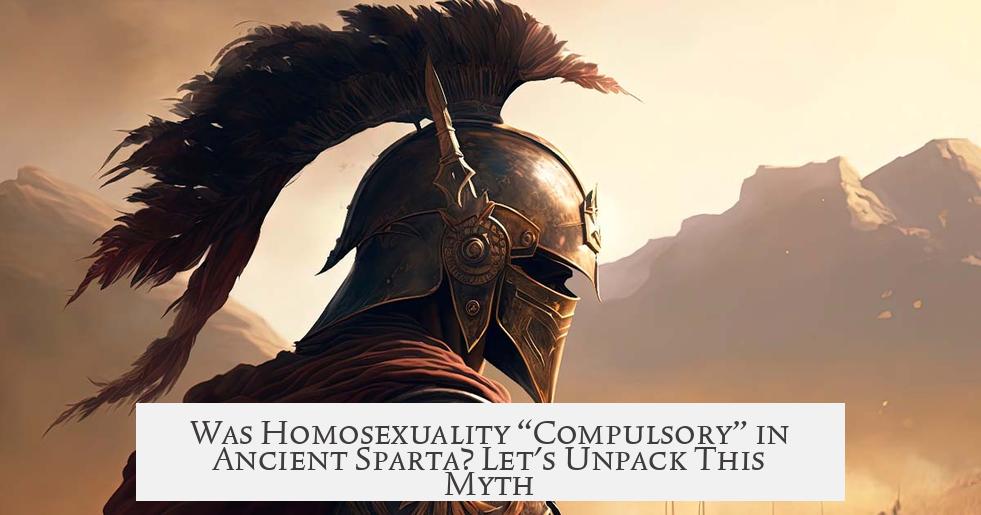
Here’s the straight answer: homosexuality was not compulsory in Ancient Sparta. However, it *was* heavily embedded in the social fabric, making it almost unavoidable for many Spartan men. This might sound confusing, but let’s dig into what the evidence and scholarly theories actually say—and how they shape our understanding of Spartan society.
First off, imagine living in a world where your entire social and political status depends on whom you hang out with—and yes, that could include intimate relationships with older men if you were a young Spartan. That’s essentially the context here. But compulsory? No solid text or law commands it outright.
Modern Scholarly Theory vs. Concrete Evidence
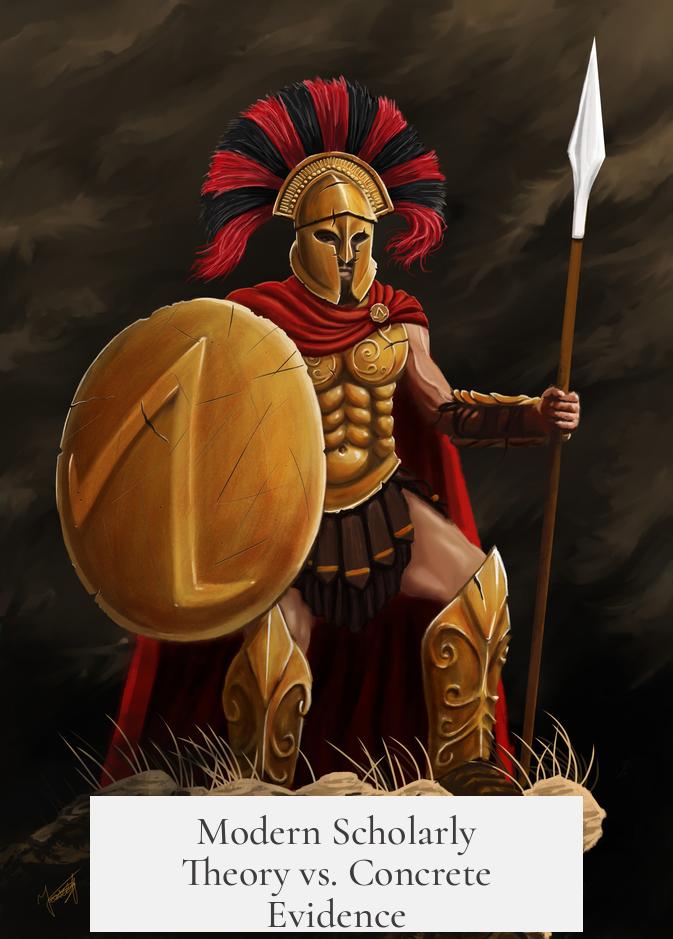
Many people jump to the conclusion that Spartan citizenship required homosexual acts because of a common modern scholarly theory about pederasty. What’s pederasty? It’s a relationship between an adolescent boy and an adult man, often with a mentorship and, sometimes, a sexual element.
As one historian puts it, “There is no concrete evidence declaring that Spartan citizens must engage in homosexual behaviour.” Instead, the theory is that such relationships were “highly likely” to be essential for full citizenship. The implication? Such relationships were strongly encouraged and almost inescapable, but not literally mandatory.
Think of it like an unspoken rule rather than a statute etched in stone.
The Social Environment: Homosocial Culture Breeds Homosexuality
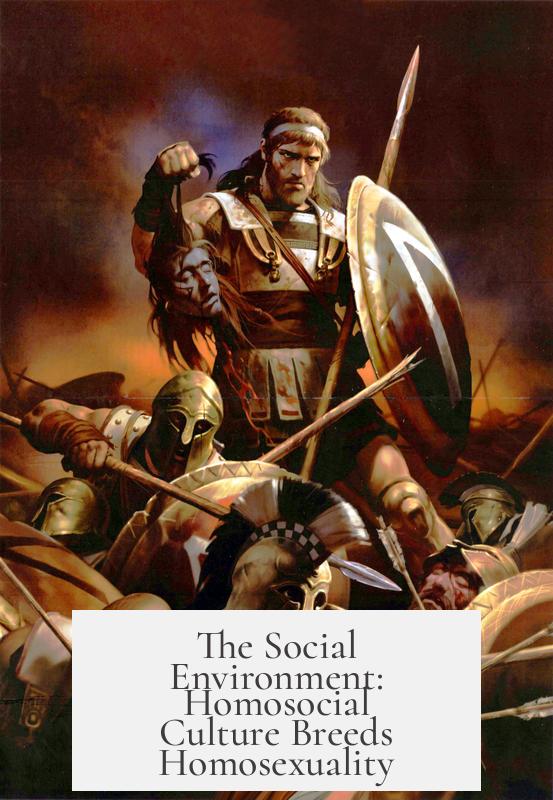
Spartan society was a testosterone-fueled, “men-only” club. From childhood, boys lived together in tightly knit bands. Upon reaching adulthood, males grouped in ‘mess groups’ or dining clubs. These groups weren’t just for eating; they were where Spartan men bonded through intense physical training and discussions.
Spartans intentionally kept young men separate from women after a certain age. This pushed them to form deep emotional bonds with other males. The culture exalted values like obedience, courage, and loyalty—qualities honed through these close male associations. Naturally, spending extended time with only men created conditions where admiration for male bodies and masculine behavior flourished.
So, did this homosocial culture nurture or basically enforce any homoerotic relationships? It certainly gave fertile ground.
Clear Evidence of Spartan Pederastic Relationships
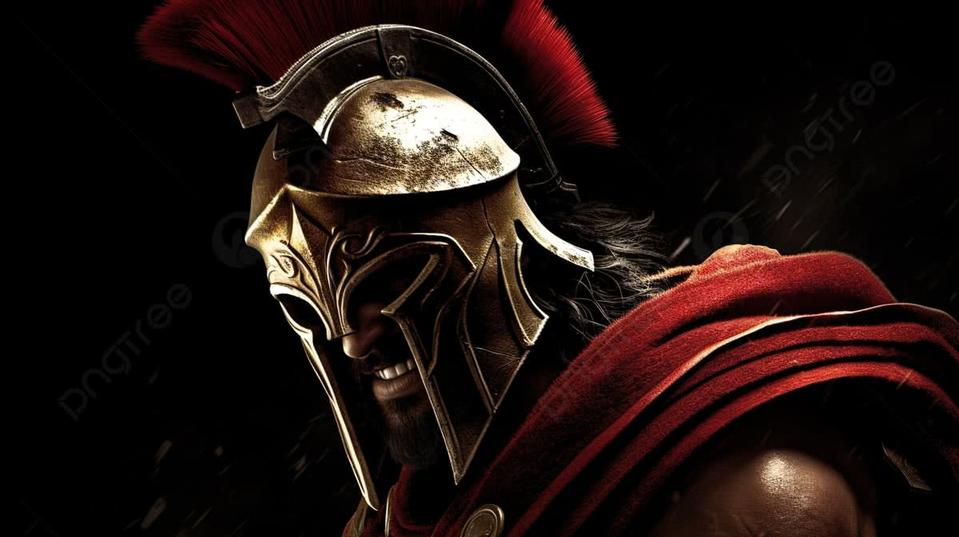
We have some interesting contemporary references that shed light on the matter. Take Xenophon, an ancient Greek historian who mentions Spartan pederasty without judgment:
“Sphodrias had a son, Kleonymos… who was the handsomest and most highly regarded of all youths… And Archidamos, son of Agesilaos, was in love with him.” (Hellenika 5.4.25)
Xenophon’s calm, even tone suggests this wasn’t scandalous but rather normal. Yet, he also claims Spartans abhorred sexual activity in these relationships, preferring a platonic bond. This claim doesn’t hold up to modern understanding of human nature or historical evidence. Most likely, Xenophon was painting an idealized picture of Spartan restraint—a famous Greek virtue.
The truth? Many Spartans likely engaged sexually in these relationships, despite lofty philosophical ideals.
Pederasty and Citizenship: Social Advancement with a Sexual Twist?
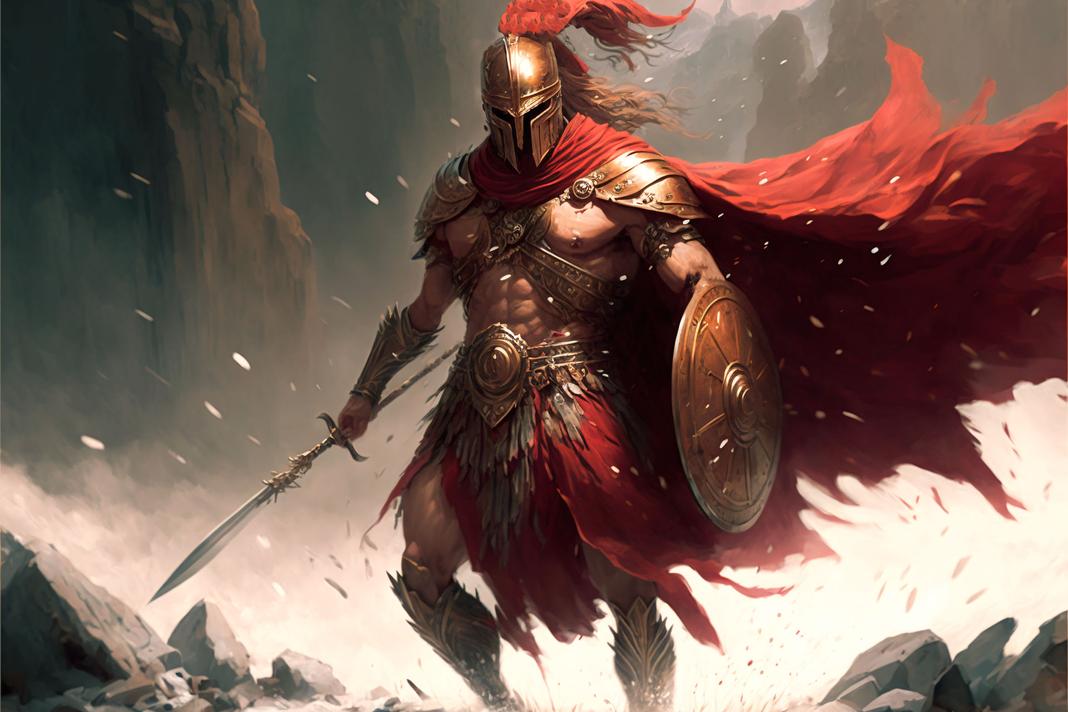
Here’s where things get interesting—and tricky. To become a full Spartan citizen, a young man had to join one of these mess groups. Fail, and you lost your citizenship, a devastating blow for you and your family.
This creates enormous social pressure to secure membership. How? According to Sparta scholar Henk Singor, the best way was by having “a man on the inside”—an older member who could vouch for you.
This mentorship often came packaged as a pederastic relationship. The older man would sponsor the younger, helping him gain entry to the prestigious, tight-knit clubs in exchange for a sexual relationship.
In other words, while compulsory sex acts were never codified, engaging in pederasty was a very effective—and perhaps essential—strategy for social survival and advancement in Spartan society.
Documentaries vs. Scholarly Sources: Why Credibility Matters
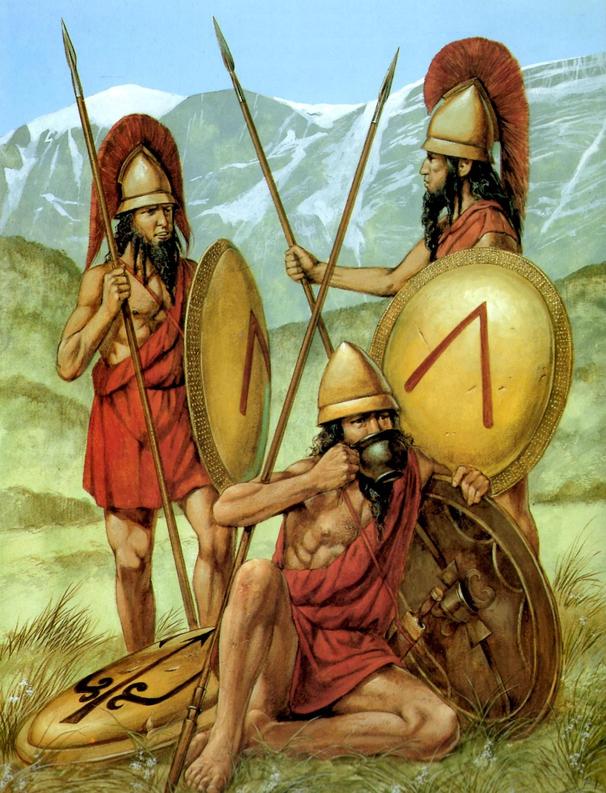
This topic’s popularity means facts sometimes blur with popular myths. For instance, Bettany Hughes’ 2002 documentary The Spartans claims compulsory homosexuality but offers little detail and is now considered somewhat outdated.
Hughes is an excellent storyteller but not a specialist academic. Recent scholars like Nigel Kennell (Spartans: A New History, 2010) and Andrew Bayliss (The Spartans, 2020) offer more nuanced and evidence-based perspectives.
If you want solid facts over sensationalism, go for the newer academic works. They carefully analyze all evidence—archaeological, literary, and cultural—to avoid sweeping generalizations.
So, What Can We Learn from All This?
- Homosexual behavior in Ancient Sparta was widespread and socially encouraged, especially in the form of pederastic mentorships.
- It was not an official obligation, but ignoring this element could risk social exclusion or loss of citizenship.
- The social environment incentivized these relationships through the gatekeeping role they played in adult male social clubs.
- Ancient writers often idealized Spartan restraint, but real human behavior was likely more complex.
- Modern documentaries sometimes sensationalize or oversimplify Spartan sexuality; turn to recent scholarly books for depth.
Does this mean all Spartans were involved in homosexual relationships? Probably not every single one. But the structural pressures and cultural setup made avoidance difficult.
Have you ever wondered how social pressure shapes personal choices in communities today? The Spartans offer a stark reminder that identity and social belonging are often deeply intertwined—even when it comes to private matters like love and desire.
Final Thoughts: Spartans, Sex, and Society
Rating Spartan sexuality as “compulsory” misses the subtlety of human behavior entwined in cultural norms. It’s more accurate to say that homosexuality, especially pederasty, was a widespread, socially encouraged practice, closely tied to political and military status.
This reveals a lot about the Spartan worldview where masculinity, loyalty, and bonds between men formed the backbone of their society. Whether these relationships were sexual or purely emotional might vary, but their importance in shaping one’s social trajectory was undeniable.
So, next time you watch a documentary claiming Spartans were “forced” into homosexuality, remember: the truth is richer, stranger, and more fascinating than any oversimplified soundbite.
After all, Ancient Sparta challenges us to rethink how social structures shape human relationships—past and present.
